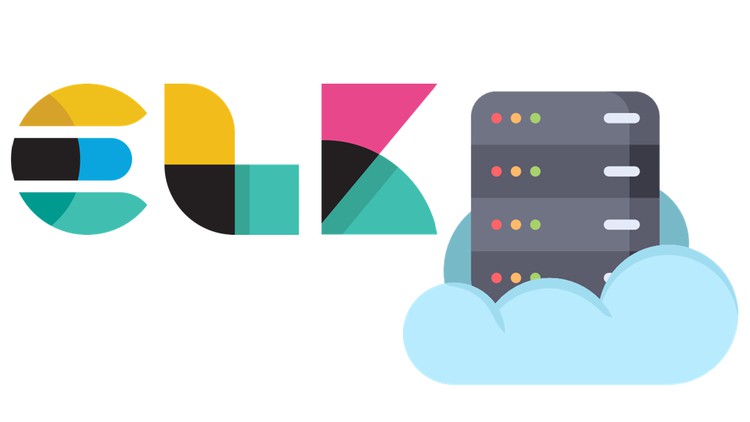Oracle Database and ELK Stack – Data Visualization
Using Elasticsearch, Kibana, and Logstash, you can see how Oracle Database works. People learn by doing.
What you’ll learn
Oracle Database and ELK Stack – Data Visualization
- Setting up ELK Stack from the start.
- In this case, Oracle can use AWS RDS.
- GCP is a service that lets you use the compute engine.
- In this file, you can set up Logstash how you want.
Requirements
-
Starting to learn about SQL.
Description
Many businesses will use Elasticsearch with their existing relational databases to take advantage of the powerful search capabilities of Elasticsearch. It is likely that Elasticsearch will need to be kept up to date with the data that is stored in the relational database that is linked to it. (From the official Elastic documentation):
This class will show us how to use the elk stack to look at data from an RDBMS. We will also use Kibana to make beautiful visualizations and dashboards. Everything will start from scratch.
After taking this course, you’ll know that ELK isn’t just for logging. It can also be used to see RDBMS data in a new way. As a bonus, I’ll use AWS RDS, GCP Compute Engine, and AWS S3 in the class, too. I’m sure you’ll have a good time at these classes.
There are three open-source projects called “ELK.” They are called Elasticsearch, Logstash, and Kibana. “ELK” stands for the three projects. An engine called Elasticsearch is used to search for things and to look at things. Data processing pipeline: Logstash is a server-side tool that takes in and transforms data from many sources at once, then sends it to a “storage place” like Elasticsearch. Kibana lets people see data in Elasticsearch in a way that makes sense to them, like by making charts and graphs.
ELK Stacks are getting better and better. The next step is the Elastic Stack, which is better and better. Users get cost-effective and high-performance versions of Oracle Database, the world’s best converged, multi-model database management system. They also get versions of in-memory, NoSQL, and MySQL databases, too.
Who this course is for:
- Those who make software.
- There are data analysts.










